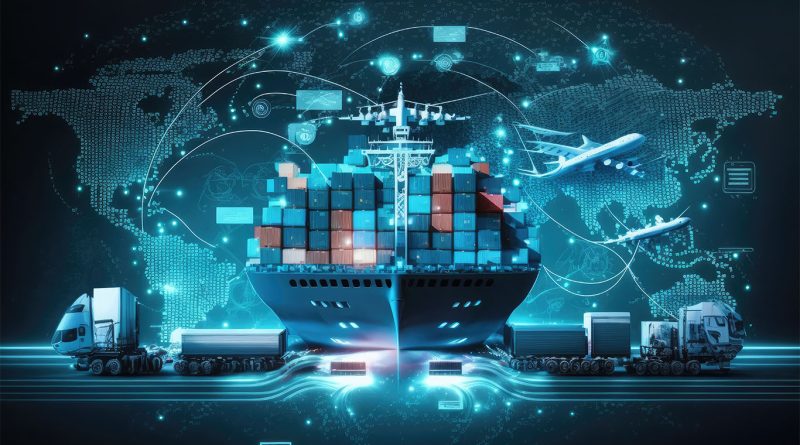China Hits Back at West’s De-Risking
Overview of China’s Position on Supply Chain Decoupling
China, as the world’s second-largest economy, has long been a pivotal player in global supply chains. However, recent geopolitical shifts and the growing trend of supply chain decoupling have placed China at a crossroads. While the United States and European Union have been vocal about reducing dependence on China, especially in strategic sectors, China has maintained a firm stance against protectionism. Premier Li Qiang, speaking at the China International Supply Chain Expo, emphasized China’s willingness to build closer production and industrial supply chain partnerships with all countries. This commitment comes at a time when the integrity and resilience of global supply chains are under unprecedented scrutiny.
The U.S. and EU’s Shifting Supply Chain Strategy: Moving Away from China
The strategic shift of the U.S. and EU towards a “de-risking” of their supply chains marks a significant move away from their reliance on China. This strategy, spurred by concerns over geopolitical tensions, such as the conflict in Ukraine and uncertainties surrounding Taiwan, aims to mitigate risks associated with over-dependence on a single country. The shift has been characterized by a notable increase in investments in alternative markets like India, Mexico, and Vietnam, which are perceived to have stronger ties with the West. This diversification strategy, commonly referred to as “China-plus-one,” reflects a growing awareness among Western nations of the need to balance efficiency with security in their supply chain networks.
Impact of Geopolitical Tensions on Global Supply Chains
The interplay between geopolitics and global supply chains has become increasingly evident. Geopolitical tensions, notably Russia’s war in Ukraine and the potential for conflict over Taiwan, have not only affected the stability of international relations but have also led to significant shifts in global supply chain dynamics. Many foreign businesses, in response to these tensions, have reconsidered their supply chain strategies, opting for diversification away from China. This realignment, while aimed at reducing vulnerabilities, has also sparked discussions about the future of globalization and the balance between global interconnectedness and national security interests.
China’s Response and Efforts to Maintain Global Supply Chain Integration
In response to these global shifts, China has been proactive in its efforts to maintain its position as a key player in the global supply chain. The recent expo organized by the China Council for the Promotion of International Trade is a testament to Beijing’s commitment to attracting foreign investment and showcasing its capabilities as a manufacturing and supply chain hub. Despite the decrease in U.S. and European investment, China continues to be an attractive destination for many firms looking to expand their supply chain operations. This indicates that while the landscape of global trade is changing, China’s role remains significant and influential.
The Future of U.S.-China Supply Chain Relations: Opportunities and Challenges
The future of U.S.-China supply chain relations is poised at an interesting juncture. Recent developments, such as the meeting between Chinese President Xi Jinping and U.S. President Joe Biden, suggest a potential thawing of tensions and a reinforcement of China’s status as a manufacturing powerhouse. However, the road ahead is fraught with challenges. Balancing national security concerns with the efficiencies of a globalized supply chain will require nuanced strategies and diplomatic finesse. The evolving landscape presents both countries with opportunities to redefine their roles in the global economy while addressing the complexities of an interconnected world.
